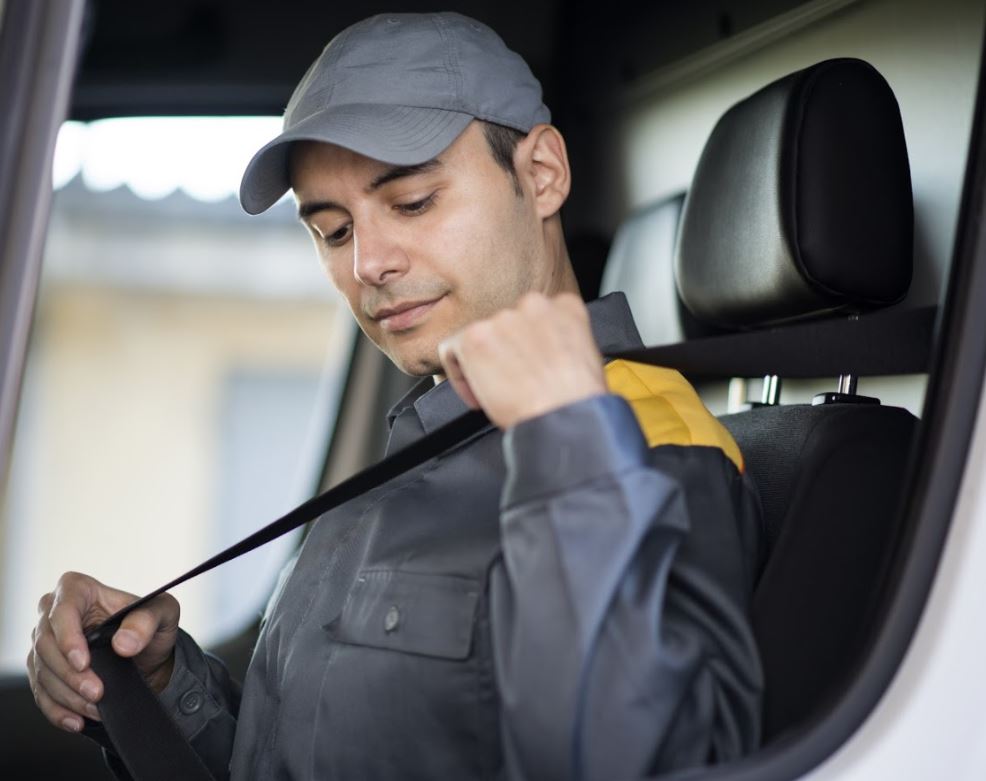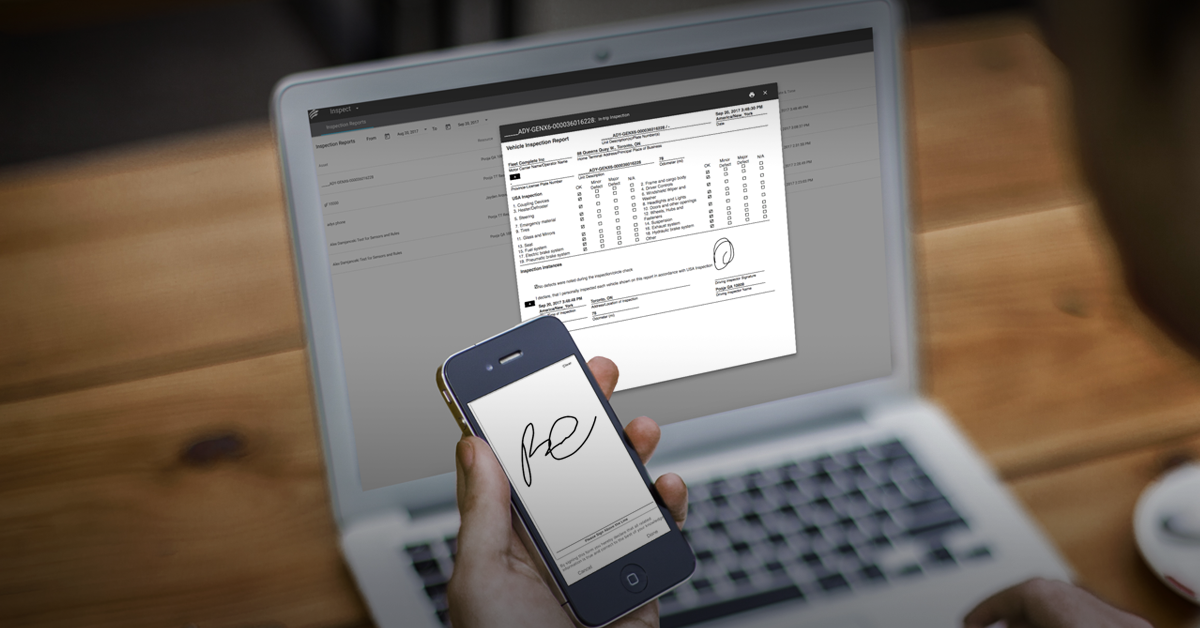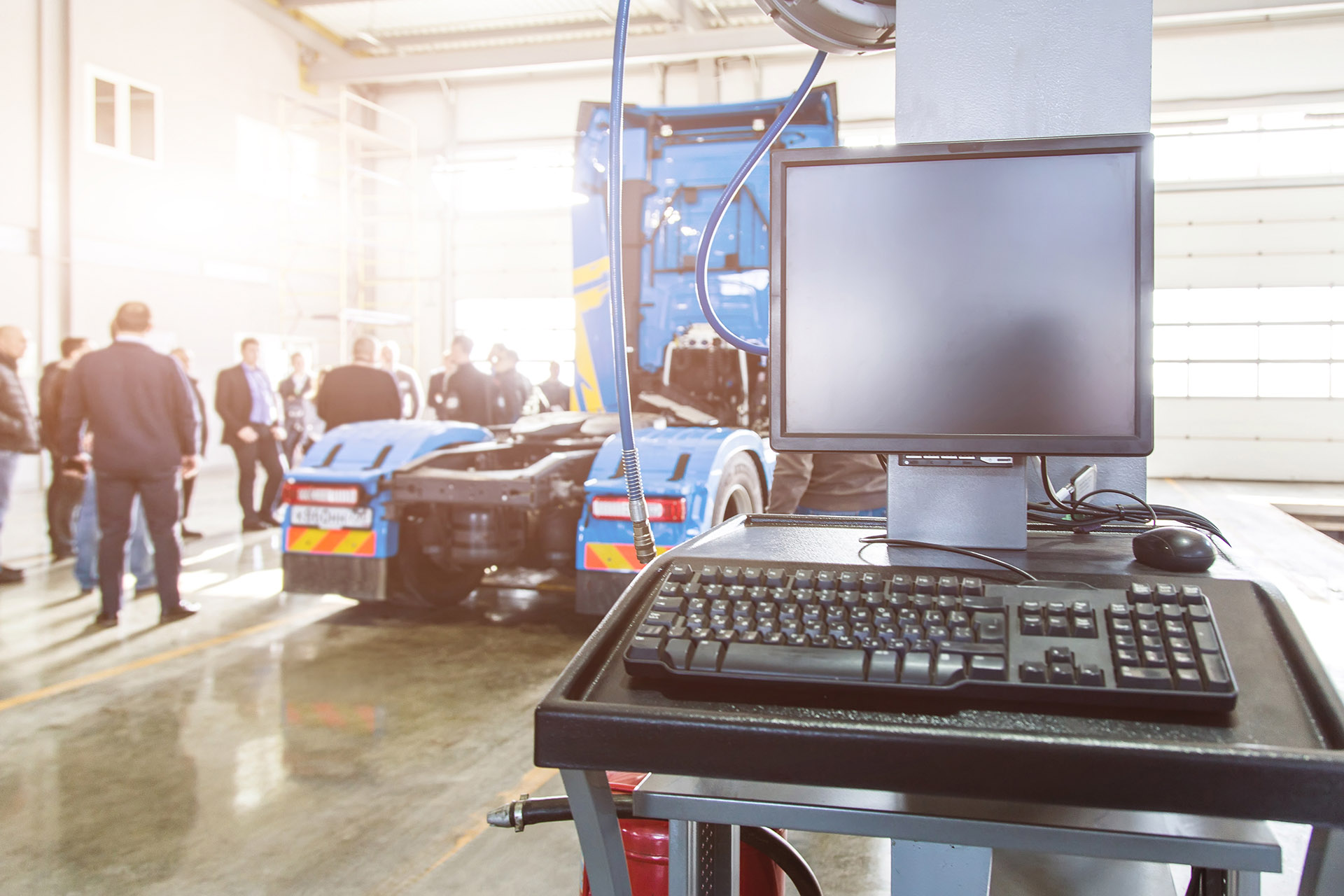From route optimization to cost control to customer retention, a fleet management solution will help you set up your delivery business for success.

As a courier and delivery business, your job is not only to get orders delivered to the customer safely and reliably. You also need to deal with on-demand orders, manage multi-stop routes, and take care of your fleet vehicles—all while keeping costs down. It’s a challenge for even the most experienced.
Fleet management software can help you in many ways, including helping you plan routes so drivers reach their destinations faster and making it easier to measure productivity, which brings significant financial and operational benefits to your business.
By now, most fleet managers know the pros of using route planners and tracking software. However, many people are still in the dark about how to efficiently implement these strategies and use this information. Below, we’ll explain exactly how telematics can help couriers and delivery companies cut costs.
1. Save Fuel
Cutting fuel costs is one of the best ways to save money—and there are two main ways to do this. First, use faster routes and plan ahead to save time that may be wasted on detours. Secondly, use GPS tracking software to monitor (and cut down on) idling and dangerous driving.
When it comes to route optimization, consider both the route itself (the fastest way to get from A to B), as well as the types of roads your drivers will take.
As the graph below shows, fuel is consumed at a considerably faster rate when the vehicle is running at below 25 mph (40 kph) and above 55 mph (89 kph).
Pick roads where drivers can travel in this optimum speed range. Higher average (but not maximum) speeds mean shorter journey times which, in turn, is more productive and helps the driver achieve more during their service hours. Conversely, excessive speeding can result in an increase in accident risk, tire and engine wear, and environmental damage.
Telematics also make it easier for fleet managers to monitor staff behavior and address issues like idling and aggressive driving—which not only damages the vehicle over time, but can also waste up to 40% more fuel according to researchers from the DOE’s Oak Ridge National Laboratory.
“Stamping on the brakes and then accelerating hard is efficient driving’s worst enemy. An efficient driver is a smooth driver,” says Anthony Sale, an automotive engineer at Powertrain. “If you have cruise control, try to use it whenever appropriate.”
2. Improve Customer Retention
If there’s one thing customers don’t like, it’s getting their deliveries late. In fact, a recent survey from Software Advice revealed 67% of consumers will not do business with a company again if it’s just one hour late.
Planning the journey before the driver sets off means they can take the fastest, most efficient route. It also means they’re less likely to become lost. Besides route planning, GPS tracking software can also help you and your drivers make real-time adjustments to avoid things like traffic jams and bad weather.
If your driver is delayed for any reason, fleet management software makes it easier to get in contact with the person, track their whereabouts, and feed this information back to the client, along with ETAs.
Transparency and good communication go a long way when things don’t go to plan, and a timely response could be the difference between a loyal customer and a lost customer.
3. Lower Vehicle Maintenance Costs
Tracking software can help you monitor aggressive driving. Collecting information about miles traveled per day can also help you optimize your fleet’s performance, track fuel usage, and stick to a consistent maintenance schedule.
A well-cared-for vehicle consumes less fuel and breaks down less often. Taking a proactive approach to your maintenance schedule also means you can prevent unexpected repairs and stop problems in their tracks before they become costly issues.
As well as helping you optimize individual vehicles, analyzing your entire fleet’s data gives you a top-down view. This makes it easier to spot and immediately address common problems.
4. Reduce Overtime Expenses
It’s important for drivers to be fairly compensated for their overtime. However, it’s equally important to ensure employees don’t over-claim or repeat mistakes that lead to longer hours on the road.
With fleet management software, you can monitor delays and get to the bottom of what causes issues—whether that’s traffic, breakdowns, route deviations, or extra-long coffee breaks.
You can also draw virtual boundaries around specific areas or points of interest and get alerted when your vehicles enter or leave the premises. You’ll be able to see how long your personnel spends at a location, when they arrived and when they left with GPS and time stamps. You can use this information to inform your clients that delivery has been made, to optimize your routes and for invoicing purposes.
How Powerfleet (formerly Fleet Complete) can help:
- Lean on real-time GPS snapshots to track progress and staff whereabouts
- Provide accurate delivery time estimates to clients
- Get a time-and location-stamped proof of delivery
- Handle all job communication and records in one cloud-based system, from anywhere at
any time.
Visit Powerfleet’s (formerly Fleet Complete) Delivery Services Page



















